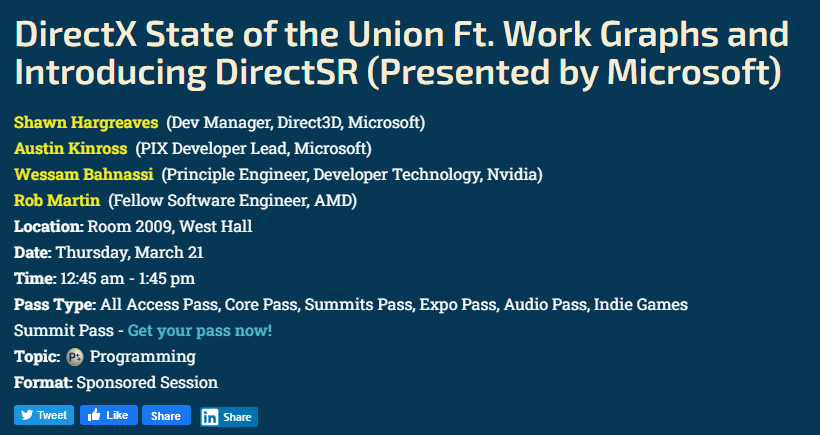https://wccftech.com/microsoft-dire...tion-technology-debut-gdc-amd-nvidia-partners

The other half of this is the supposed AutoSR feature that is coming in Windows 24H2 which rumors suggested was similar to AMD SuperResolution

The other half of this is the supposed AutoSR feature that is coming in Windows 24H2 which rumors suggested was similar to AMD SuperResolution
![[H]ard|Forum](/styles/hardforum/xenforo/logo_dark.png)